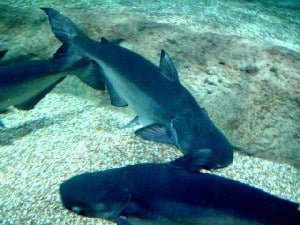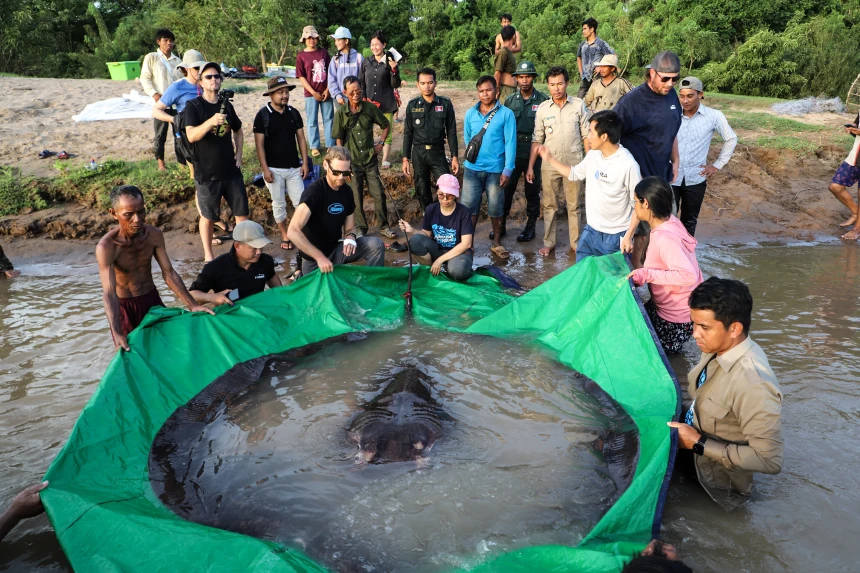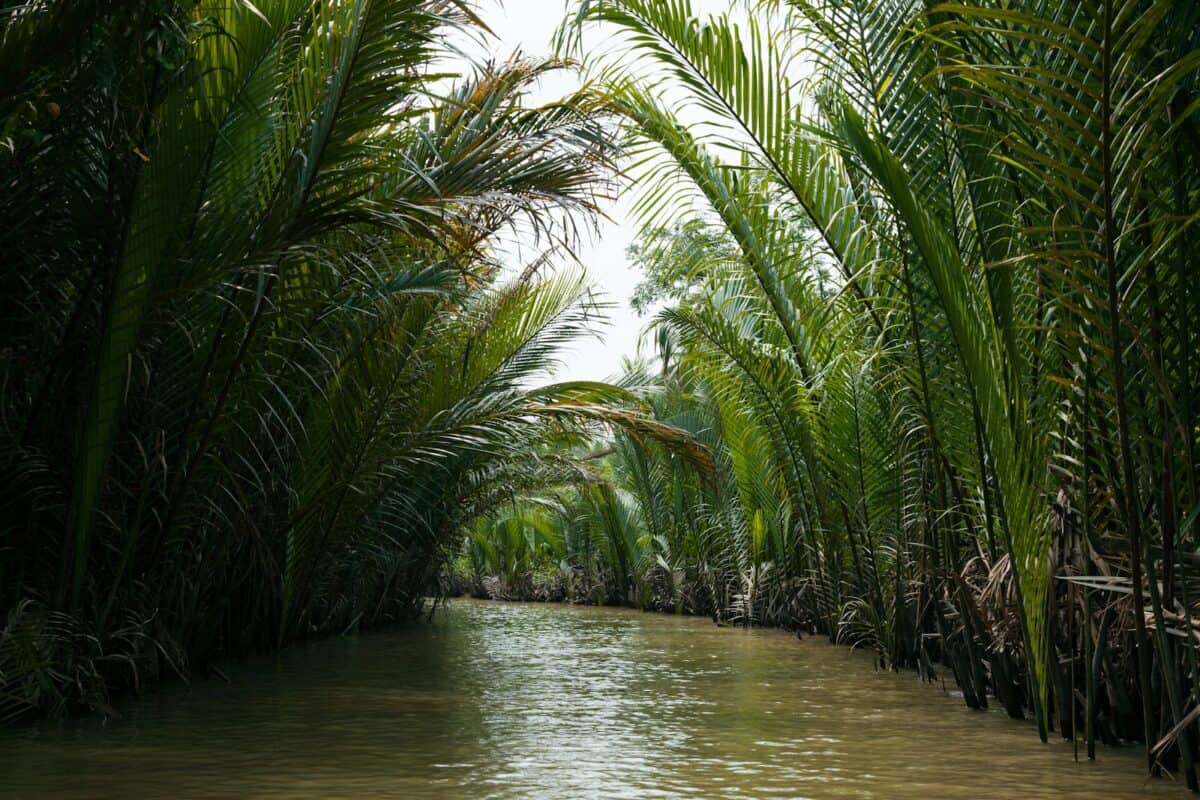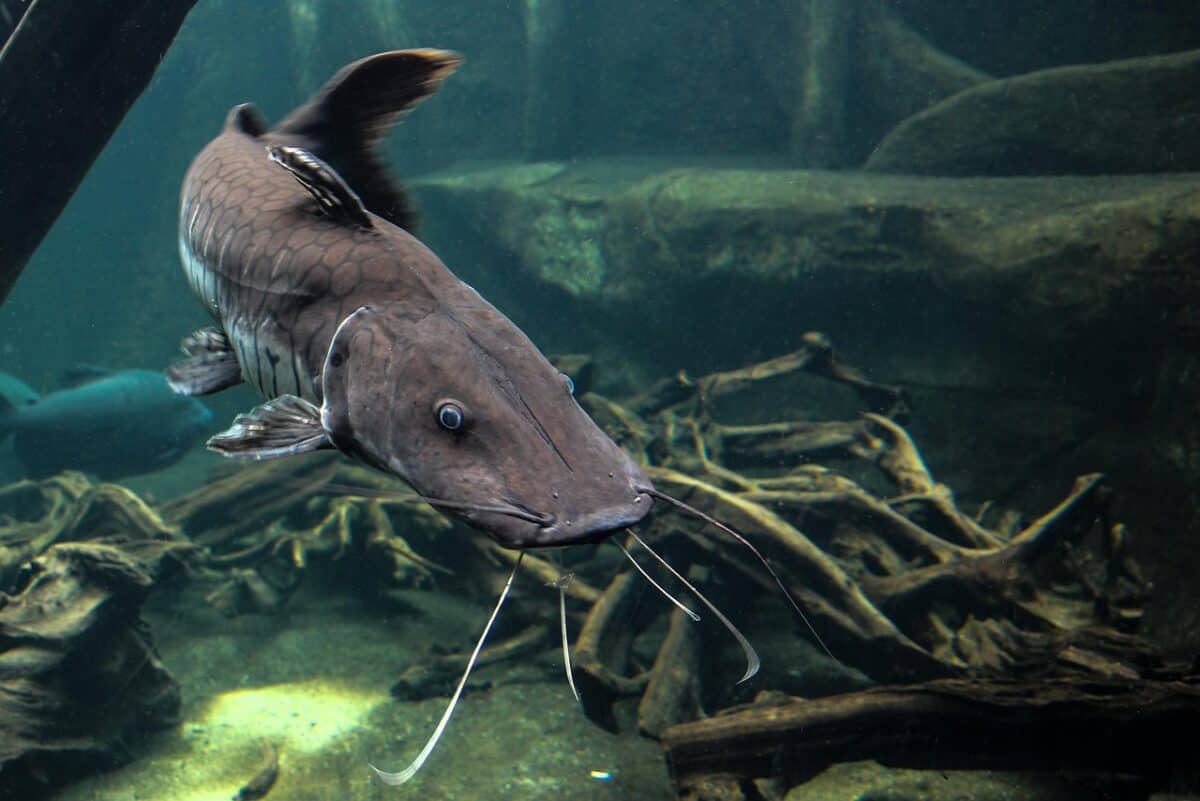Freshwater ecosystems are home to an astonishing diversity of life, including some of the most formidable aquatic creatures on Earth. Among these, one stands out not just for its size but for the mystery and awe it inspires: the world’s biggest freshwater fish. This article takes you on an exploration of this remarkable creature, detailing its discovery, biology, and the secrets that make it truly extraordinary.
Introduction to Giant Freshwater Fish

In the hidden realms of our rivers and lakes, certain species have evolved to gigantic proportions, capturing the curiosity of scientists and enthusiasts alike. These freshwater giants not only push the boundaries of size but also play crucial roles in their ecosystems. Understanding these immense creatures helps us appreciate and conserve the biodiversity found beneath the water’s surface.
The Mekong Giant Catfish

The Mekong Giant Catfish, *Pangasianodon gigas*, holds the record for the largest freshwater fish ever documented. This leviathan hails from the Southeast Asian Mekong River and can reach lengths of up to 10 feet and weigh nearly 660 pounds. Its sheer size is a testament to its adaptation to the dynamic environment of one of the world’s longest rivers.
Historical Sightings and Record-Breaking Discoveries

The first recorded encounter with the Mekong Giant Catfish was in the early 20th century. Over the decades, both local fishermen and scientific expeditions have brought to light these river behemoths, each successive discovery providing new insights into their existence and fragmentary life history.
Biological Characteristics of the Mekong Giant Catfish

This fish is characterized by its enormous size, silvery color, and lack of scales, giving it a sleek, streamlined appearance. Despite its intimidating size, the Mekong Giant Catfish is surprisingly docile, using its barbel-enriched mouth to graze the riverbed for plankton and plants—all it requires to fuel its massive body.
Habitat and Behavior

Preferring the deep stretches of the Mekong River basin, these fish are usually found in fast-flowing waters where they can easily access the plentiful resources needed for sustenance. Their migratory nature sees them undertake long journeys up and down the river, essential for breeding and survival.
Conservation Concerns and Threats

Once abundant in the Mekong, this catfish is now critically endangered, facing threats from overfishing, habitat degradation, and dam construction. These factors disrupt their natural migratory patterns and breeding grounds, posing significant challenges to their survival.
Efforts to Protect the Giant of the Mekong

Various conservation programs and international collaborations aim to protect the Mekong Giant Catfish. Initiatives range from fish sanctuaries and restocking efforts to research projects that track their movements and understand their ecological needs, ultimately fostering strategies to restore their populations.
The Role of Local Communities

Local communities along the Mekong River play a pivotal role in the conservation of this species. By promoting sustainable fishing practices and engaging in ecotourism, these communities work towards a balance between economic needs and ecological preservation.
Comparisons with Other Freshwater Giants

While the Mekong Giant Catfish holds the title for the largest, other contenders like the Arapaima and Beluga Sturgeon also reach impressive sizes. Each species occupies a unique niche in their respective environments and presents distinct conservation challenges.
The Fascination with Giant Freshwater Fish

Giant freshwater fish captivate the imagination for their size and rarity. They represent a prime example of nature’s extremes and the adaptability of species to their environment, sparking wonder not only among scientists but also among those who are lucky enough to witness them in the wild.
Implications for Biodiversity and Ecosystems

Freshwater giants play crucial roles in their ecosystems, from balancing prey populations to transporting nutrients. Protecting these animals is vital not just for their own survival but also for maintaining the health and stability of freshwater ecosystems worldwide.
A Future for Giants

The future of the Mekong Giant Catfish depends heavily on our ability to mitigate human-induced threats and understand the species’ complex ecology. Continuous research and conservation efforts are essential to ensure these iconic fish remain an integral part of our natural heritage.
Conclusion

The Mekong Giant Catfish serves as a powerful reminder of the wonders lurking in our freshwater systems and the fragility of these magnificently evolved creatures. As stewards of our planet, it’s crucial that we act compassionately and decisively for their survival, ensuring that future generations have the opportunity to marvel at these titans of the deep.
- The Biggest Freshwater Fish Ever Discovered - August 10, 2025
- Meet the Lizard That Can Breathe Underwater for Over 15 Minutes! - August 10, 2025
- The Most Shark-Infested Waters in the United States - August 10, 2025

